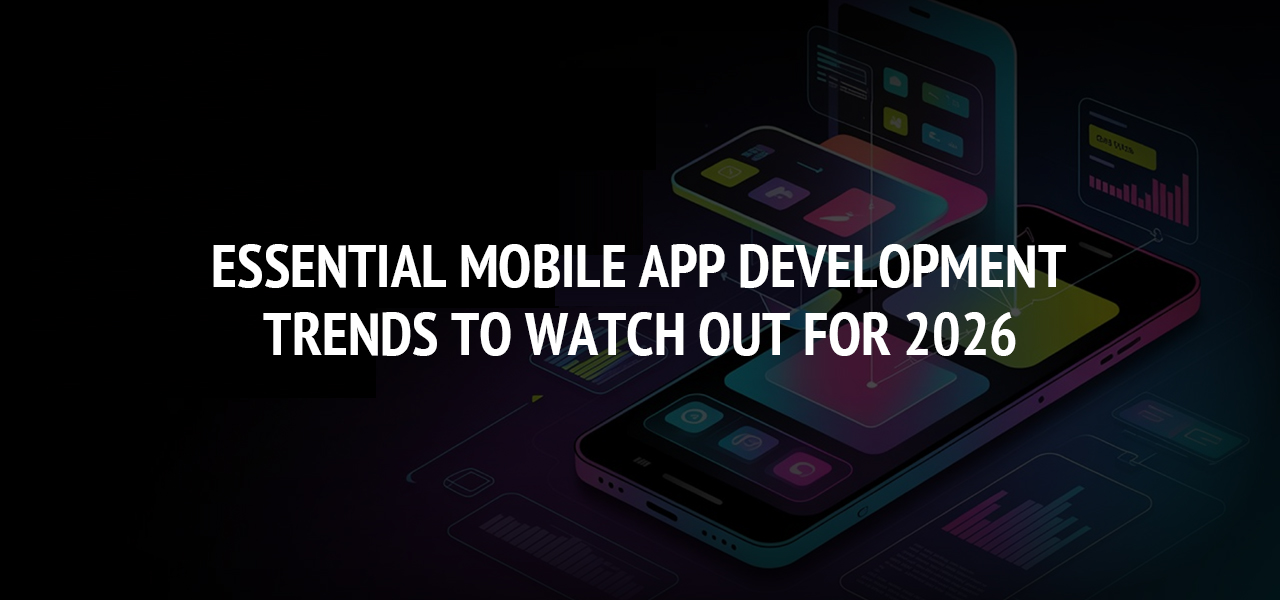APIs: 3 Benefits of Using Them

Developing a mobile app today is a lot easier than it was a few years ago. There are more frameworks and hybrid programming methodologies, as discussed in our previous article. You also don’t need to do everything yourself because there are development kits, modules, and other resources that are now widely available.
Using third-party APIs and services to add value to your mobile app is another thing you can do to simplify the development process, all without making the app less capable. The use of third-party APIs comes with a lot of benefits, including the following top three.
Offload Your Tasks
Not everything needs to be handled internally, especially when we’re talking about mobile apps. There are times when relying on capable third-party services is actually the more efficient and effective way to go.
When you need to add push notification capabilities to your mobile app, for instance, developing the entire system yourself is certainly not what you want to do. You now have services such as the AWS Pinpoint and OneSignal to integrate, which means you can redirect your time and energy towards perfecting other parts of the app.
The same can be said for when you need to add information-based features into the app. Adding weather information into your travel app is best done by relying on a capable service provider and a weather API; after all, collecting and processing your own weather data would be too time consuming.
Immense Flexibility
Using API to integrate services and data into your app doesn't mean losing control over the way your app works at all. In fact, the best APIs on the market are actually designed to give developers more freedom and immense flexibility.
The weather API mentioned earlier is a good example. Aeris Weather, a leading provider of weather API and weather mapping API, includes a wide range of customization and data processing options in its toolkits. This means you can integrate the weather API with your own app seamlessly in terms of UX and UI.
The flexibility doesn't stop there. If necessary, data and resources pulled from an API can be processed further. What integrating an API does is remove most of the groundwork that you need to do in the first place, giving you more freedom to fine-tune details about how you use the API.
An API for Everything
In the world of app development, the correct saying isn't, "there is an app for that," but rather, "there is an API for that." It is incredible how many APIs and third-party services you can now integrate as you develop your mobile app. This is perhaps the biggest advantage of using APIs rather than developing everything yourself.
No matter how specific the data, functionality, or resources you need, you can always find an API – and a service provider – to help you. The service providers and the APIs they offer are tried and tested, plus they are also maintained and upgraded properly.
Integrating APIs to add functionalities to your next mobile app is the way to go with these benefits – and so many more – waiting to be enjoyed. The next time you are looking to add a function or integrate sources of data into your app, spend some time looking for a capable API to use before deciding to develop the feature from scratch.
About The Author
Related Blog
View All-
The Role of AI in Detecting Misinformation Across Digital Platforms
Misinformation has become a widespread issue in the digital age, spreading rapidly across social media, news websites, and online communities. False or misleading content can influence public opinion, fuel political divides, and cause real-world harm. As a Nature ...
-
Essential Mobile App Development Trends to Watch Out for 2026
Table of Contents Introduction Key Mobile App Development Trends for 2026 AI-Native App Architectures & Personalization Voice-Activated Interfaces and Conversational UX AR & VR Integration for Immersive Mobile Experiences Blockchain in Mobile ...







